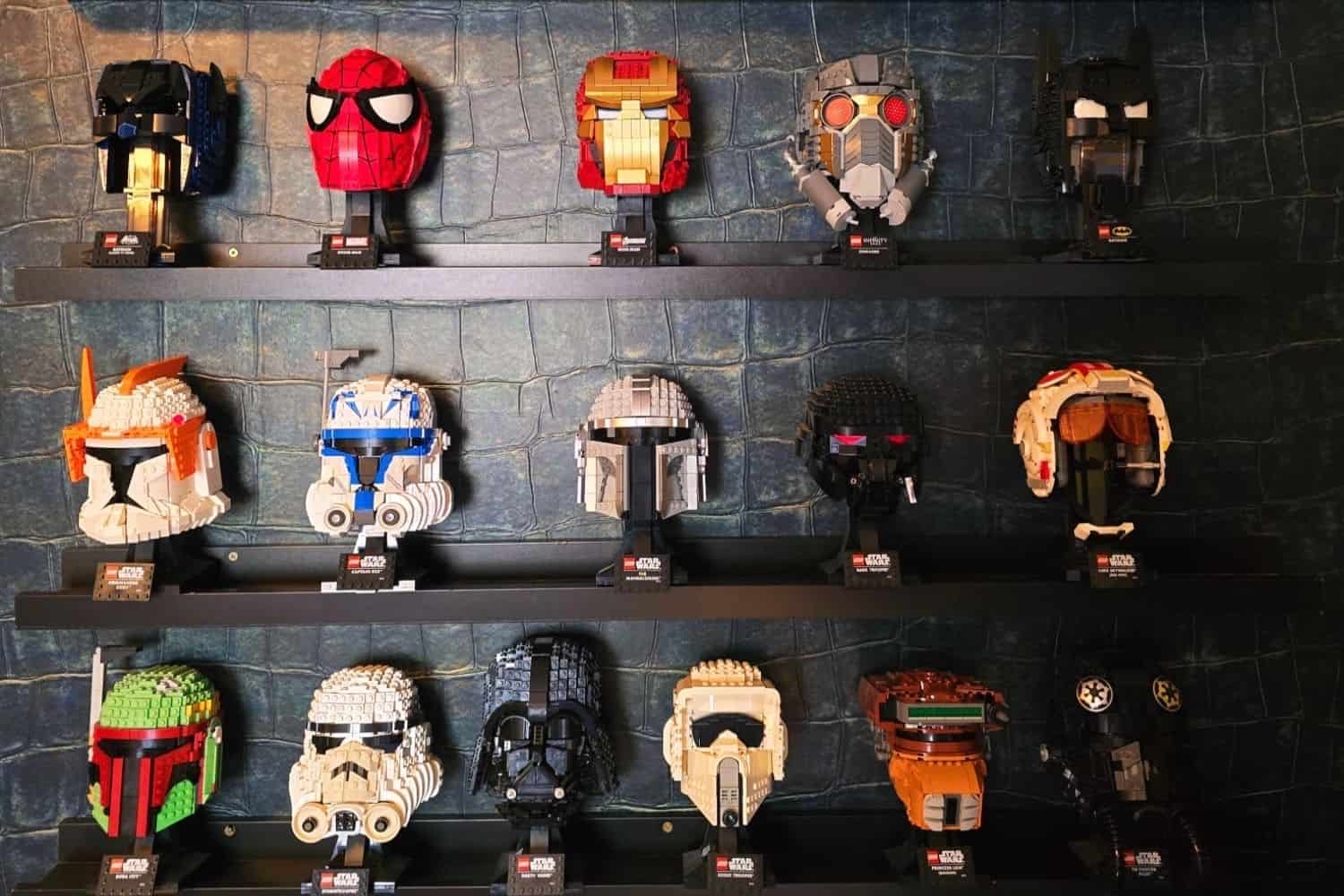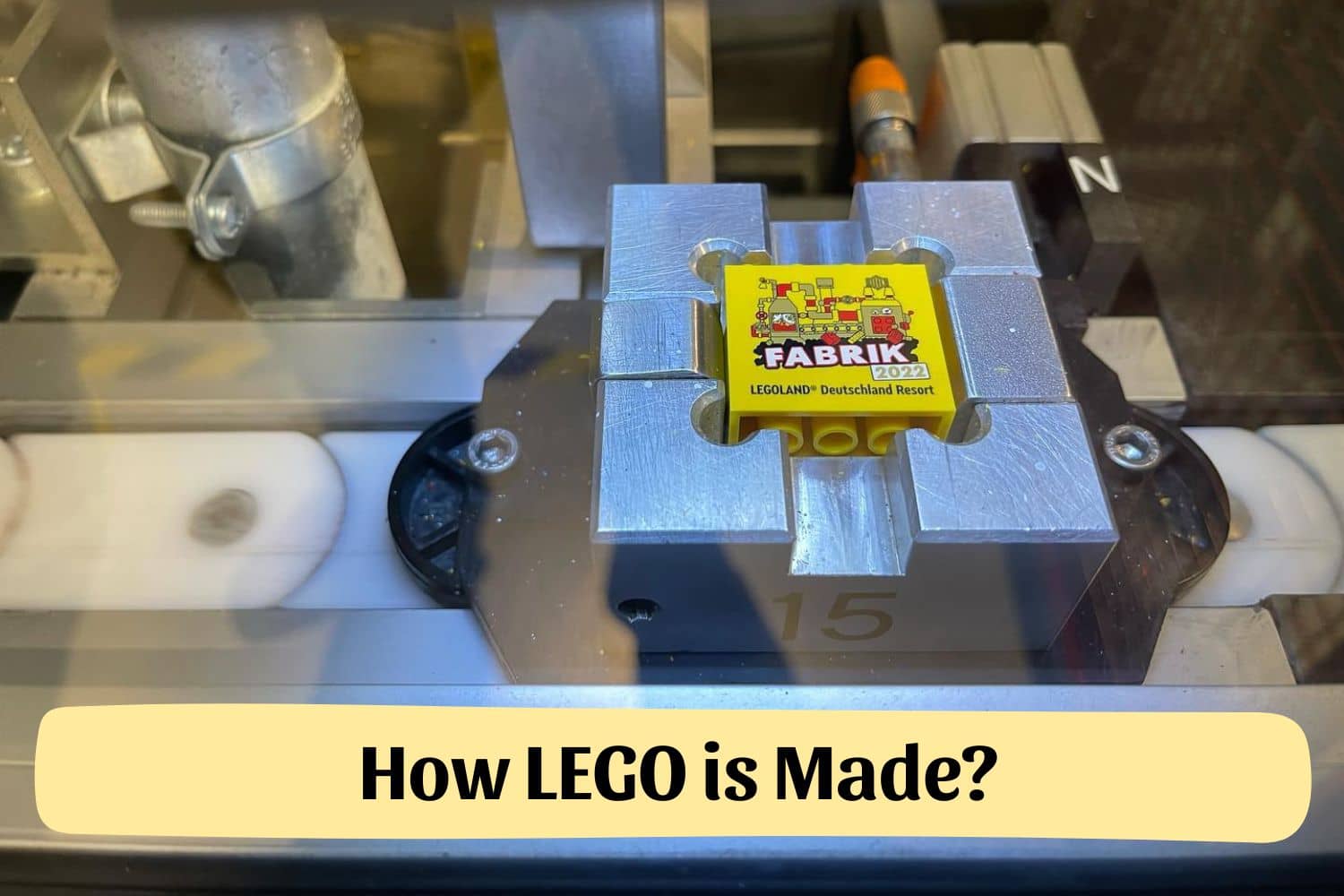Ever wondered how LEGO is made? Uncover the fascinating process behind one of the world’s most beloved toys! Explore the manufacturing magic that turns precision-engineered molds into colorful building blocks of creativity.
How LEGO is Made: How LEGO Bricks Are Crafted from Imagination to Toy Box
The undying appeal of LEGO lies not only in the universes that its collections represent — Star Wars, Harry Potter, or Gotham’s superhero squad to name a few — but in the humble plastic bricks that bring these universes to life.
But have you paused amid the clinks and clatters of a LEGO build to wonder, how LEGO is made?
This deep dive into the making of LEGO is not just for the curious-minded but for anyone seeking to appreciate the precision and complexity behind these universally beloved toys.
How LEGO Bricks Are Made?
It all starts with colorful plastic granules delivered by trucks to LEGO® factories worldwide. These granules are hoisted into 14 massive silos, each capable of holding up to 33 tons.
From there, they travel through pipes into molding machines heated to 450 degrees Fahrenheit (230°C). The molten plastic is injected into molds resembling hollow LEGO® bricks, compressed with precision, cooled, and ejected in just seconds.
This intricate process is largely automated for efficiency and safety. Robots transport the finished pieces to assembly areas where intricate details and decorations are added using giant printers. Multi-part pieces are assembled with high precision by machinery.
The final stage involves packaging complete LEGO® sets swiftly and accurately.
Different pieces are released from bins into cassettes on conveyor belts that workers fold, and add instructions and extras, ensuring a flawless finish before being shipped out.
The Birth of a LEGO Idea

Before the first brick is molded, a LEGO set begins as an idea. This creative spark can come from anywhere within the folds of LEGO, be it a fan-submitted concept or an in-house brainstorming session.
Prototypes and designs are fleshed out into a potential set, a process that involves rigorous testing of playability, design appeal, and structural integrity.
Once a concept is greenlit, it moves to the next phase, the birthing ground of all LEGO sets worldwide — the factory floor.
How LEGO Toy is Made?
At the LEGO factory, tiny plastic granules in various colors kick off the production process. After being sucked up by hoses and stored in massive metal silos, they are directed to molding machines where they are heated to 450 degrees Fahrenheit (230°C).
Pressed into accurate bricks, they cool and are quickly released. Automation rules this precise process due to its intricacy.
The molded pieces swiftly move along conveyors to be printed with details or assembled further in assembly halls. Decoration is stamped on, multi-part pieces are joined, and complex components are connected with exactitude.
Following these stages, the sets’ pieces must be efficiently combined for packaging. Operators ensure the correct assembly of hundreds of different elements into cassettes beneath conveyor-traversing bins.
This high-speed packaging involves adding building instructions and oversight for quality assurance. The LEGO production line’s intricate choreography showcases precision engineering crafting beloved toys through automated marvels at every step.
The Worldwide Maze of Sorting and Distribution
The life of a LEGO brick does not end upon its packaging. It’s just the beginning of a different kind of odyssey.
Bricks are sorted and distributed across a worldwide network, moving from factory to warehouse, and warehouse to store, with robots and human hands working in tandem to ensure that each LEGO enthusiast can easily locate the bricks they desire.
The Role of Robotics
Modern LEGO sorting and distribution centers are marvels of logistics, with robotic arms and conveyor belts guiding bricks to their respective destinations.
Automation reduces errors and ensures efficiency, silently but effectively paving the way for the joy that erupts when a child, or a grown LEGO fan, enters a store to pick their next set.
Conclusion – How LEGO is Made?
From a creative idea to precise molding, printing, and assembly, the journey of a LEGO brick is an amazing feat of engineering. Robots and automation play integral roles in this process, ensuring that generations can enjoy these timeless toys.
So the next time you open up a LEGO set, take a moment to appreciate the intricate journey it has taken – from factory to fun!
And now, with this newfound understanding of how LEGO is made, let your imagination run wild as you build and create your own universes brick by colorful brick. Happy building!
Thanks for reading our article. If you want to know more information, visit our website here.
Read more:

